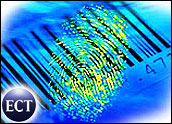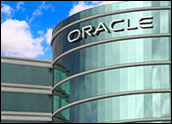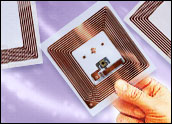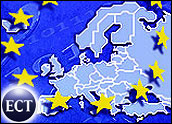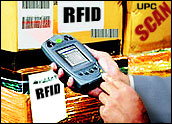
Halloween has passed, and Thanksgiving is just a few weeks away. The Christmas shopping season is well upon American shoppers — and retailers.
American retailers are turning to radio frequency identification technology — RFID tags — to ensure that in-demand items are in stock this holiday season, hoping to bolster end-of-year revenues, experts tell CRM Buyer.
According to the consultancy Deloitte & Touche’s 20th Anniversary Holiday Mood Survey, retailers have returned to a focus on customer service “basics,” such as ensuring in-stock merchandise, easy return policies and extra sales help and available cash registers. These were cited among the areas shoppers have missed in recent years.
Holiday revenue can account for 25 to 40 percent of a company’s annual revenue, and retailers are embracing RFID to improve customer service.
Increased Revenue
“This increased implementation of RFID technology is providing benefits to retail businesses from the supply chain to the store shelves, ultimately benefiting both consumer and business alike,” said John Greaves, a vice president of RFID for NCR, in an e-mail to CRM Buyer.
This year has seen a dramatic increase in RFID implementation in the United States and Canada, a trend that is predicted to continue. The research consultancy Frost & Sullivan predicted in its World Retail RFID Markets Report that the retail-specific market for RFID will grow from US$400 million in 2004 to almost $4.2 billion in 2011.
Just a few examples of how companies are and will continue to benefit include:
- Wal-Mart customers this year have been able to find goods on the shelf up to 16 percent more often than before Wal-Mart introduced its RFID electronic product code (EPC) tagging into its supply chain, according to an independent study conducted by the University of Arkansas;
- Out-of-stock items with RFID technology at Wal-Mart were replenished three times faster than comparable items using standard bar code technology. This helped result in a 10 percent reduction in manual orders;
- Gillette has seen operational cost savings in excess of 20 percent per distribution center;
- Factoring in those productivity savings, in addition to improved product availability on retailer shelves, Gillette estimates a return on its RFID investments of over 25 percent.
Simple Concept
The concept of RFID is fairly simple, according to The Association for Automatic Identification and Mobility (AIM). Take a basic memory chip capable of containing data, make it capable of responding to an interrogating RF signal and develop a way to read the response.
“Understanding the physics that governs the propagation of RF and developing functional systems are considerably more of a challenge,” said AIM in a policy statement released this week.




